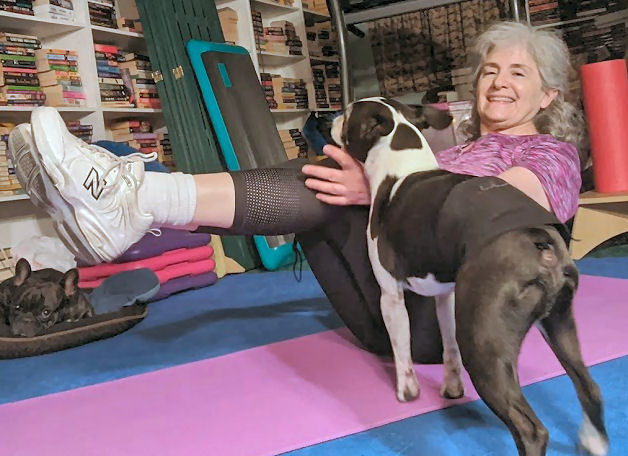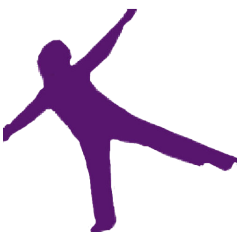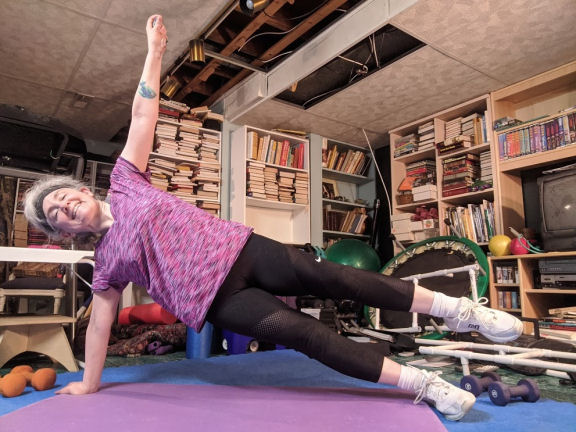Many struggle with New Year’s Resolutions. To make some and then have them fall by the wayside is disappointing. I don’t make resolutions for just that reason. How about not making resolutions but taking action on improving something we all could use more of? Here are 4 steps to improve your confidence in the new year.
Grow and expand your mindset
Confident people are always learning. Learning new ways to do things, learning more about the world. Also, they’re learning more about themselves. Confident people are curious about pretty much everything, so want to learn. By learning more about the world, we open ourselves to different cultures and different values. People in other parts of the world do commonplace things differently than we do. And this can be completely unexpected – things that, once we’re exposed to them, we think that it makes perfect sense.

Angeli Gianchandani, professor of marketing at the University of New Haven says that confident people are “avid readers and focus on self-care, making time to meditate and exercise to fuel their minds,” she says. “It is the power of their ideas and imagination to think beyond the ordinary that sets them apart.”
And confident people are unafraid of trying new things. They’re not afraid to fail. Confident people see projects that don’t go quite right as experiments. Try again and succeed! “Those who invite discomfort are able to achieve more, take more significant risks and break through barriers, and are open to facing new challenges,” says Gianchandani. “Discomfort is a form of self-growth, pushing yourself mentally to overcome fear.”
Accepting discomfort helps to eliminate the “what-if” mindset. All those bad case scenarios we’re so used to running through in our heads.
Be vulnerable
The next step to improve your confidence is to ask for advice and admit that you’re wrong (when you are!) Don’t be afraid of making mistakes. We all make mistakes. You’re only human, after all.
“Having courage means forgetting about being perfect,” says Jonathan Alpert, author of Be Fearless: Change Your Life in 28 Days. “So often people don’t pursue things because they feel it has to be just right. They ruminate over how to approach things, conduct themselves, or say something to the point of getting filled with anxiety and either not taking any action at all or doing so in a way that lacks confidence.”
Don’t be so afraid of making a mistake or worry about doing something wrong that you’re paralyzed into inaction.
Be kind to yourself
Another step to improve your self-confidence is to just be kind to yourself. No negative talk! “Recent research has shown self-compassion was associated with self-worth,” says Michele Patterson Ford, Ph.D., a psychologist and senior lecturer in psychology at Dickinson College.. “Knowing your value is an important component of feeling confident in oneself. Self-compassion, however, may actually provide the benefits of high self-esteem without the potential problems associated with high self-esteem, like being egotistical. The compassionate side tames the potential to be self-absorbed.”
You know you’re worth it, but you don’t rub it in others’ faces! We know that compassionate resilience is the way to healthy aging and happiness in the future.
Speak up!
The last step to improve your confidence is to speak up. This is the hardest thing for us introverts. Know that what you say is right and can help others. Jonathan Alpert says there will always be people who doubt you, but don’t let that stop you from speaking up, taking a chance, and doing what you believe in. “Criticism just means you got people thinking,” he says. “Many who have taken confident and bold steps have faced resistance. Stay focused on what you believe in and forge ahead.” No one can take your beliefs away from you. If you’re firm in them, stick with them going forward.




